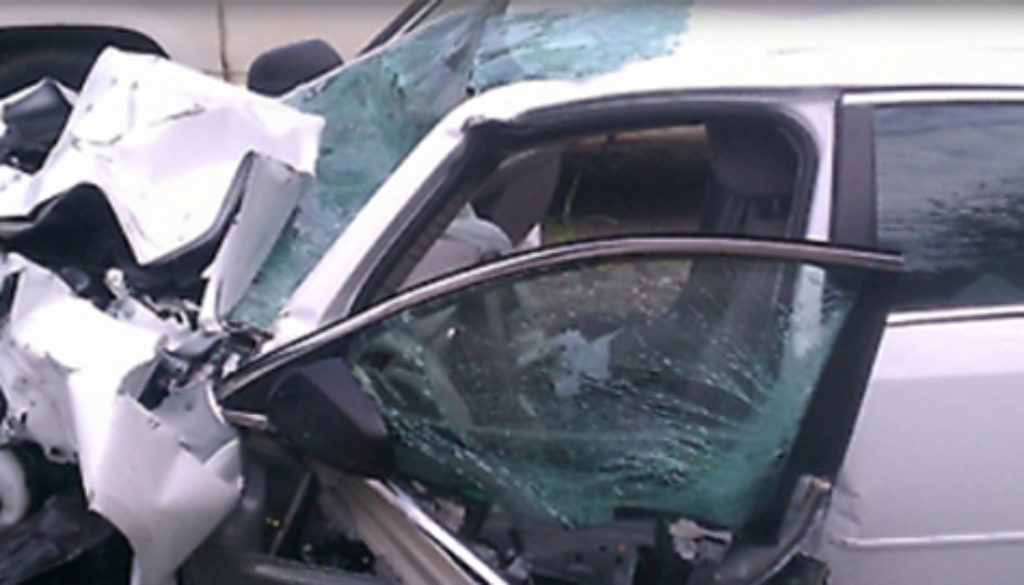Rearview Visibility Act Stalled at OIRA
President Barack Obama has nominated Howard Shelanski to be the next administrator of the Office of Information and Regulatory Affairs (OIRA), a key executive branch office that wields heavy power in rulemakings and public protections. Too often, OIRA has served as a place where needed rules get weakened, stalled or blocked at the behest of corporate and industry interests. The next OIRA Administrator needs to change course and advance stalled rules that protect the lives of workers, ensure the safety of our food and protect our environment. CSS’ recently released report, Down the Regulatory Rabbit hole, details eight key regulations stalled in the regulatory process, whose delay has caused needless harm to the public. Some of the most important rules have been stalled for more than a year.
A key auto safety rule provides an example.
Imagine the horror of backing over your own child as you leave your driveway – because he was in the large blind zone behind the car and could not possibly be seen. This is the nightmare that Karen Pauly endured two years ago, when she backed over her 19-month-old son, Jack, on her way to the grocery store.
According to the National Highway Traffic Safety Administration (NHTSA), 221 people die and 14,000 are injured each year in “backover” accidents. KidsAndCars.org estimates that between 1990 and 2010, as many as 1,002 children have died by being backed over by a vehicle. These tragic deaths led Congress to pass the Cameron Gulbransen Kids Transportation Safety Act in 2008. Congress ordered NHTSA to issue rules that would give drivers visibility in blind zones that prevent them from seeing pedestrians when backing up. In 2010, NHTSA proposed addressing this visibility requirement by installing rear-view cameras. The rule has now been stuck at OIRA since November 2011.
The benefits of this rule could not be clearer. NHTSA estimates that requiring backup cameras could prevent between 95-112 deaths and 7,072-8,374 injuries each year. Moreover, 44 percent of those injured or killed in these accidents are children under the age of 5, and too often, these accidents involve parents injuring or killing their own children.
If the benefits are so clear, why is the rule delayed? OIRA makes decisions on editing or blocking rules partially based on cost-benefit analysis, where the estimated costs of implementing a rule are weighed against the monetary benefits it is predicted to bring. But this way of analyzing rules is deeply flawed because it does not take into account benefits that cannot be properly quantified–like the incalculable benefit of avoiding the horrible experience of backing over your own child.
If we want to save lives and spare parents the devastating heartbreak of inadvertently killing or injuring their own children, OIRA must release the rule. Senators should ask the nominee if continued delay on the rear visibility rule would be acceptable to him if he were confirmed. And the next OIRA administrator should recognize the limitations of focusing only on cost-benefit analysis to determine whether a rule is appropriate or not.

